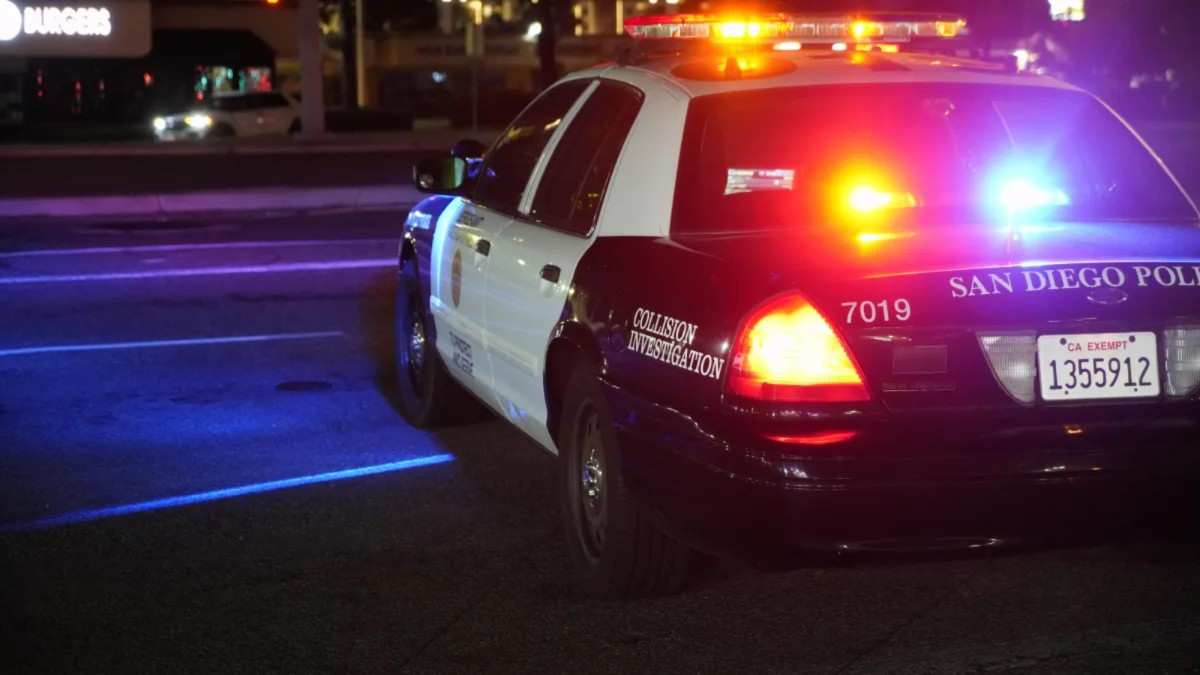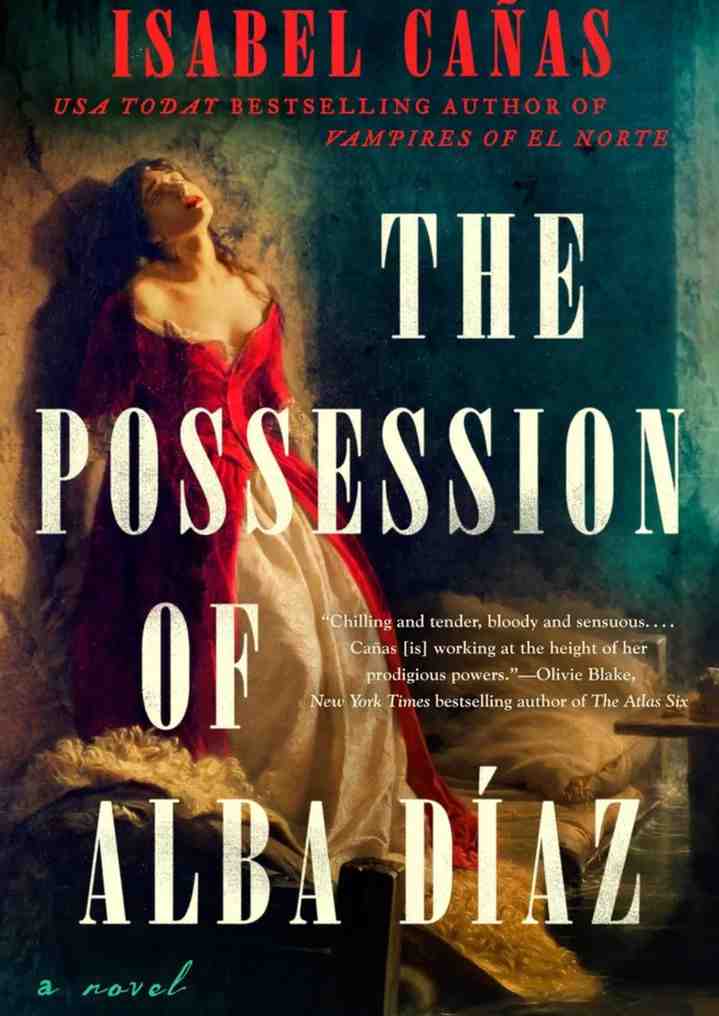
As Clark County schools prepare to reopen on August 11, a silent threat once again lurks on city streets—child pedestrian safety. While adult pedestrian crashes often stem from jaywalking or poor visibility, children walking or biking to school face danger from fast-moving traffic, distracted drivers, and weak school zone protections. The tragic death of McKenzie Scott in a marked crosswalk reignited public concern. Now, city officials and safety advocates are urgently pushing for smarter laws, wider school zones, and driver awareness before another precious young life is lost.
STORY HIGHLIGHTS
-
Child pedestrian safety concerns rise as Clark County schools prepare to reopen on August 11
-
Adults are mostly responsible in child-pedestrian school zone crashes, experts say
-
McKenzie Scott, 18, killed in marked crosswalk near Arbor View High School in May
-
City responds with improvements, including overhead flashers and new signage
-
UNLV’s Erin Breen calls for larger school zones, consistent 15 mph limits, and driver accountability
-
Police acknowledge limitations, stress need for behavioral change behind the wheel
As the buzz of a new school year returns to Clark County on August 11, so too does the perennial worry surrounding the safety of children making their daily journey to and from campus. For those tasked with keeping students safe, this time of year brings not just logistical preparation, but a renewed urgency to confront a sobering reality: child pedestrian safety remains deeply fragile in Las Vegas, and the consequences of neglect are deadly.
While pedestrian accidents are unfortunately common in the city, there’s a clear pattern when examining who tends to be at fault. In most adult-related incidents, the blame typically falls on the pedestrian themselves. Erin Breen, director of UNLV’s Road Equity Alliance Project, estimates that about 75% of the time, adults are injured while jaywalking or walking at night in dark, non-reflective clothing—circumstances that significantly hinder their visibility to drivers.
“Adults are often their own worst enemy on the road,” Breen noted, explaining how risk-taking behavior or disregard for traffic norms contributes to these outcomes.
But, she pointed out, the story changes dramatically when the victims are children.
“In school zones, the blame doesn’t lie with the child,” Breen said. “It flips. It lands squarely on the adults behind the wheel.”
These zones are often scenes of chaos during drop-off and pick-up times. Drivers, some of them parents themselves, are in a hurry. Streets near campuses fill quickly with vehicles cutting through neighborhoods, zipping past crosswalks, and navigating driveways with haste. It’s in these very moments that children become vulnerable—especially when crossing on foot or riding bikes.
“Don’t be that parent that drops your kid off at the curb and then forgets that there’s other people’s precious cargo around,” Breen added.
“Other people’s children matter, too.”
The starkness of these warnings was tragically reinforced on May 2, when 18-year-old McKenzie Scott, a student at Arbor View High School, was struck and killed in a marked crosswalk on Buffalo Drive. The driver was allegedly drunk and speeding. Scott, full of promise and just weeks away from graduation, didn’t survive the impact. Her death devastated the community and forced city officials to take swift action.
The City of Las Vegas, responding to growing outrage, initiated a traffic study in the wake of the incident. Within weeks, they announced a series of improvements at the crash site: pedestrian-activated overhead flashers, additional high-visibility signage in neon green, and a newly repainted crosswalk. The upgrades are expected to be in place before the first day of school.
In a small yet deeply symbolic gesture, city workers recently finalized utility installations for the flashers. They did so by digging by hand near the curb, ensuring they wouldn’t disturb the makeshift memorial—candles and stuffed animals—that still marks the spot where Scott lost her life.
For Lt. Michael Campbell, who leads the Clark County School District Police Department’s traffic enforcement unit, the issue cuts close to home.
“My wife is a school principal. My own children go to school here,” Campbell shared.
“This isn’t just professional. It’s personal.”
While Campbell wishes his unit could be larger—more boots on the ground to monitor traffic near the district’s 375 schools—he acknowledges that manpower alone won’t solve the issue.
“We could have an officer at every single school,” he said.
“I still think these things would happen, because we cannot change what decisions people are going to make when they leave their house, or if they’re under the influence, or if they’re going to do something terrible or drive recklessly.”
The challenge, he believes, lies not only in enforcement but in behavior—how people drive, how fast they’re going, how focused they are on the road, and whether they respect the heightened stakes in school zones.
Breen agrees. While her organization continues to deliver safety messaging through schools—reminding children to stop, look left, right, and left again, to keep their eyes on oncoming cars, and to make eye contact with drivers before crossing—she insists that the burden should not rest solely on children.
“Kids can do everything right and still get hit,” she said.
“They can be in the crosswalk, wait for the walk signal, and it won’t matter if a driver isn’t paying attention or is rushing to make a turn.”
Instead, Breen wants drivers to take proactive steps now—before the school rush begins. She suggests building an extra 15 minutes into the morning commute.
“If we make the change now, by the time school starts, it becomes a habit,” she explained.
Beyond behavioral shifts, Breen is advocating for policy changes too. She criticizes the current Nevada law that defines school zones as “sections of streets which are adjacent to school property,” pointing out that this doesn’t adequately protect students who walk or bike from further down the block or across nearby intersections.
“We’re not even protecting kids to the end of the block,” she said, frustrated.
“We’re protecting children being dropped off by their parents in cars. We are not protecting children walking and biking to school. Because why? Because it would inconvenience traffic.”
In her view, the current infrastructure and legal boundaries prioritize convenience over safety. Her solution? Expand the size of school zones to at least a half-mile radius, and enforce those zones with consistent low-speed limits.
The memory of McKenzie Scott, Breen believes, should not fade into yet another statistic. Instead, it should serve as a rallying cry.
“Everybody needs to get as outraged as they were when McKenzie was killed in front of Arbor View High School,” she said.
“They need to muster up that outrage again and ask, ‘What are we doing to protect kids so they can walk and bike to school?’”
As families ready their children for another academic year, Las Vegas leaders hope they’ll also prepare for the responsibility that comes with driving near schools—because one moment of inattention can cost more than just a traffic ticket. It can end a life.
As another school year begins, Las Vegas faces a crucial test—not of academics, but of conscience. The roads near our schools must not remain battlegrounds for reckless driving and negligence. The call is clear: stronger protections, smarter infrastructure, and more responsible driving are essential to safeguard the lives of children. The tragedy of McKenzie Scott should not fade into memory—it should serve as a lasting warning. Until safety becomes a shared priority, the walk to school will remain a perilous journey for too many young lives.
Appreciating your time:
We appreciate you taking the time to read our most recent article! We appreciate your opinions and would be delighted to hear them. We value your opinions as we work hard to make improvements and deliver material that you find interesting.
Post a Comment:
In the space provided for comments below, please share your ideas, opinions, and suggestions. We can better understand your interests thanks to your input, which also guarantees that the material we offer will appeal to you. Get in Direct Contact with Us: Please use our “Contact Us” form if you would like to speak with us or if you have any special questions. We are open to questions, collaborations, and, of course, criticism. To fill out our contact form, click this link.
Stay Connected:
Don’t miss out on future updates and articles.






